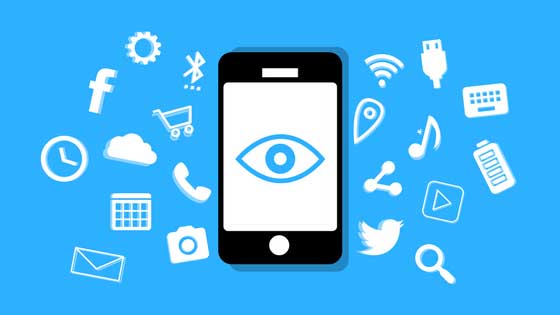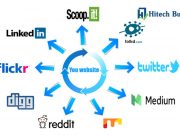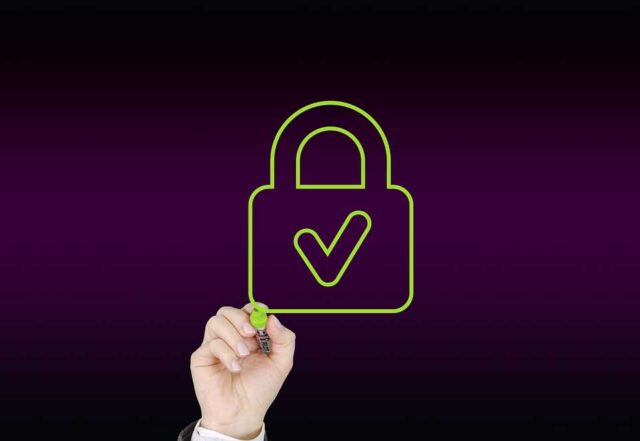Password security tends to be one of the weak links of every cybersecurity strategy. Since users often don’t put too much effort into creating their passwords, they’re pretty fragile and can pose a severe security threat. According to Verizon, 80 percent of all data breaches are caused by stolen or reused credentials.
Luckily, authentication technology has been leaping forward. Biometrics is becoming a standard in modern-day verification. Aside from phones taking our face scans and fingerprints, certain countries are switching to full biometric passports and IDs. Besides biometrics, some new technologies are pretty soon going to take over the authentication realm. One of them is Artificial Intelligence or AI. AI software tracks user’s login time, frequency, and other factors to create a profile based on their unique login patterns. This way, AI will be able to detect and even predict possible threats.
BEST PRACTICES TO SECURE YOUR CREDENTIALS
If you want to enhance your cybersecurity game and don’t know where to begin, start with these few practices:
1. Incorporate good password habits
Take your passwords seriously! It means that you should carefully choose at least eight numbers, symbols, and letters and combine them into a unique and memorable phrase. Also, you should regularly change your passwords since it’ll significantly reduce the chances of a data breach. On top of that, remember to store your credentials adequately – always keep them out of sight.
2. Switch to a password manager
To secure your credentials, you need a long and random combination of characters, but on the other hand, it has to be memorable. This kind of Catch-22 situation can easily be solved by switching to a password manager. Password managers automatically generate high-security passwords for you so that you don’t have to memorize them anymore. Plus, all of your passwords will be encrypted, which means that no one can access your credentials.
3. Use MFA
To ensure that your data is safe and sound, consider layering your protection by using multi-factor authentication. In practice, this implies strengthening your password with a biometric factor like a fingerprint or a face scan and a device like a token, USB key, or card. Consequently, if hackers break through your password, you still have at least two layers of protection safeguarding your credentials.
SECURITY TOOLS FOR ADDITIONAL ONLINE SECURITY
After incorporating basic security measures, think of additional security tools to bring your protection to another level.
1. Antivirus
Even though everyone knows how vital antivirus is, most of us don’t take proper care of our software. All software should be updated regularly to prevent potential interruptions and bugs that could decrease the performance and affect the overall security. But, keeping your antivirus up to date is at the top of a software priority list since antivirus tends to be at the forefront of the security battle.
2. VPN
Along with security, privacy tends to be of the utmost importance to people. Having that in mind, a virtual private network can be a great addition to your security strategy since it covers both. Download a VPN app and protect your devices from intruders sniffing around your online activities. A significant advantage of a VPN service is that it encrypts your data and makes it unreadable to anyone who tries to access it.
3. Adblocker
Using adblockers doesn’t only improves your user experience but also significantly impacts your privacy and security. Blocking ads that continuously show up on your screen can prevent tracking and exposure to the advertising industry. Moreover, pop-up ads can often hide malware that can jeopardize your data and device.
Securing our passwords and logins is not an easy task. A solid security strategy should include different protection mechanisms on multiple fronts – from giving our passwords into the hands of a password manager to incorporating multi-factor authentication. Furthermore, our online activities need an added layer of protection as well. Select the right tools and combine them into a unique security strategy explicitly tailored to your needs.

































